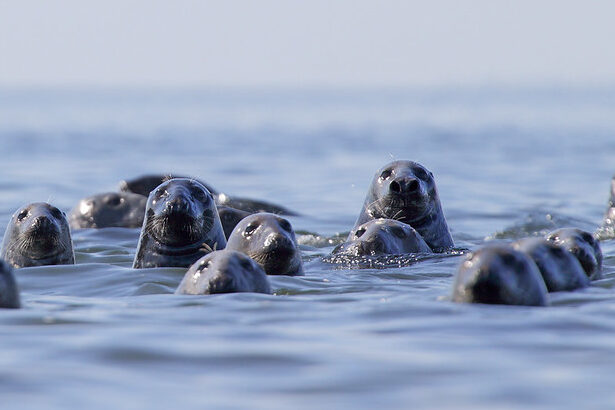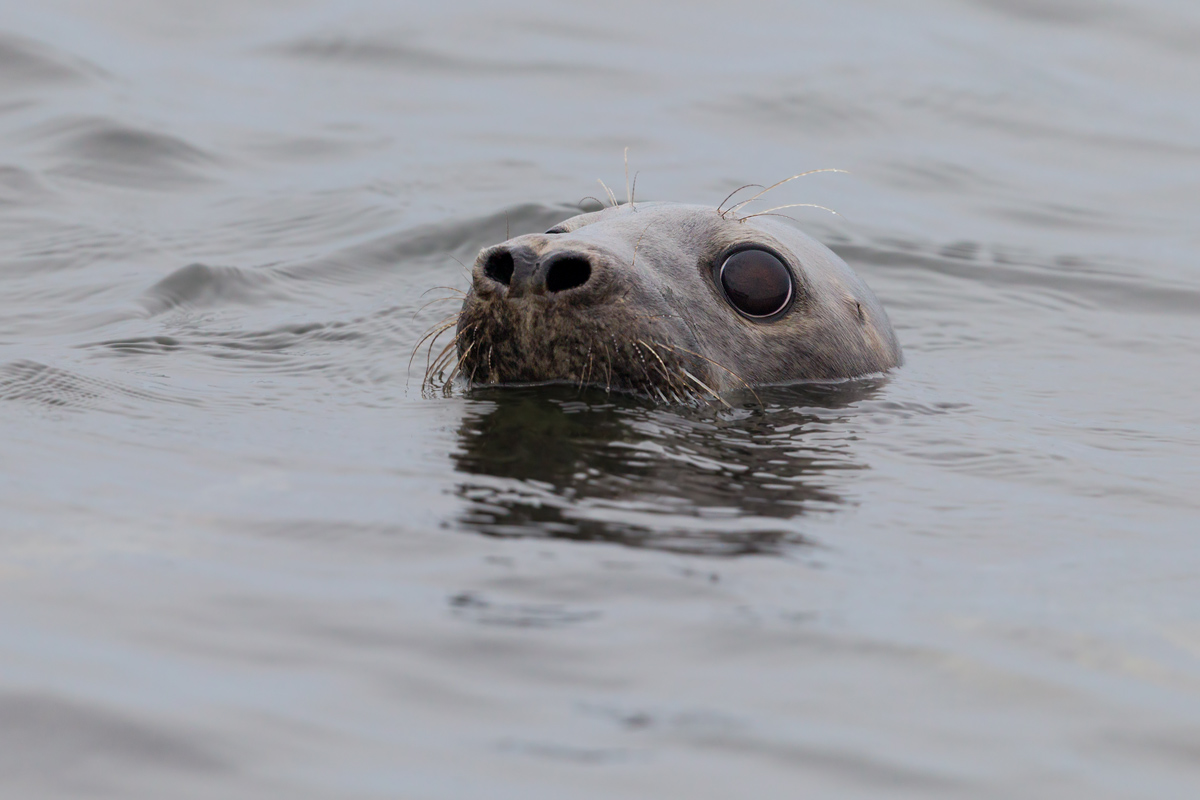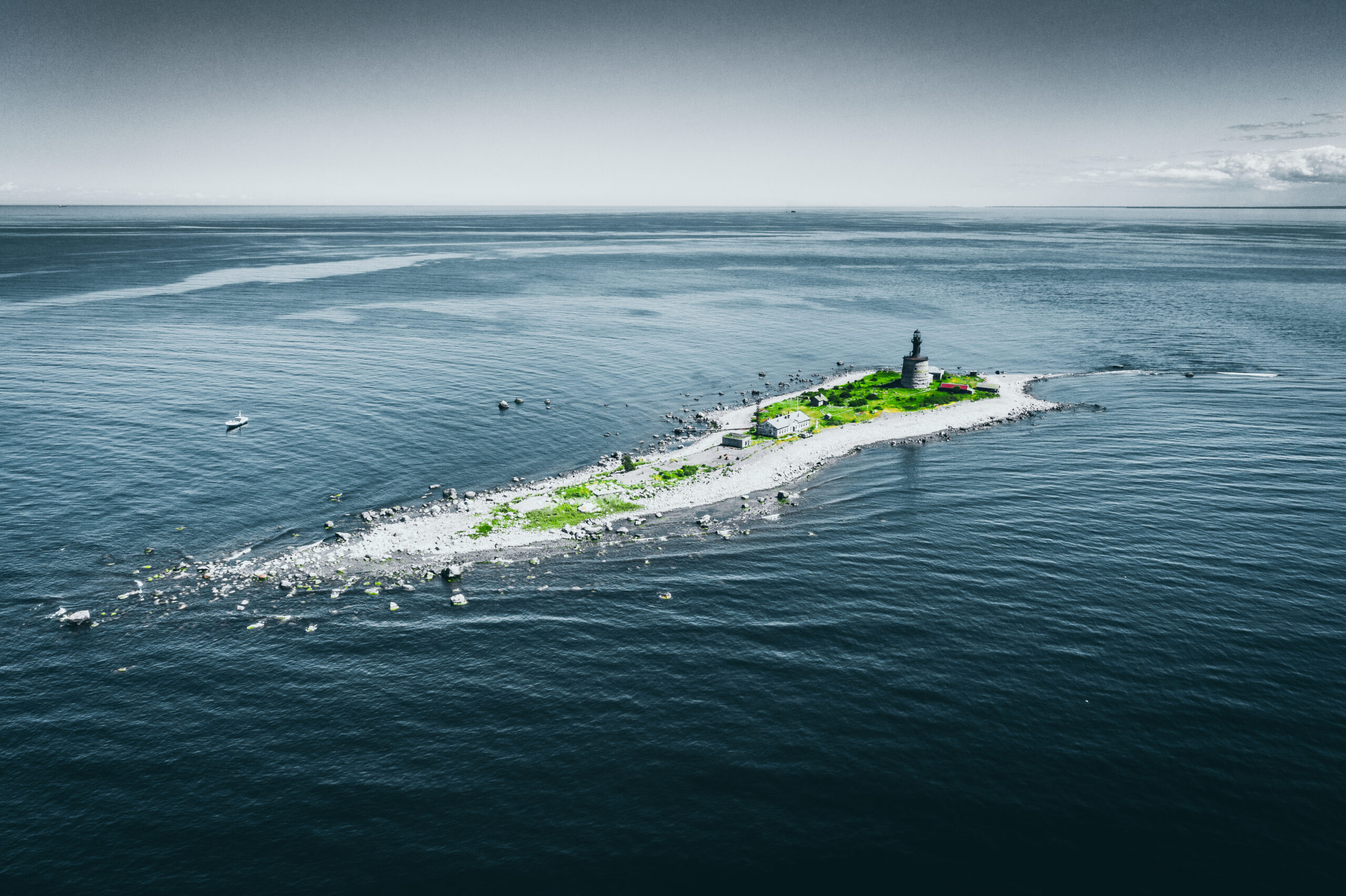Seal Watching in Estonia – 5 Reasons Why You Should Go!
Seal Watching in Estonia – is it possible? Of course it is! Every year from July to September, we go seal watching. We even play classical music for them. Why? Because they like it, really! But why go on a seal-watching tour, and what other interesting things should we know about these adorable animals?
1. Seals are a rarity, let’s get to know them
In Estonia, you can encounter two or three species of seals: the ringed seal and the gray seal, and rarely the harbor seal. Historically, the number of gray seals living in the Baltic Sea was higher than it is now. At the beginning of the 20th century, there were around 80 000 – 100 000 individuals. Seals were heavily hunted, and unfortunately, their population drastically decreased, leaving only about 4 000 individuals by the 1970’s. Today, seals and their permanent habitats in Estonia are protected. The population has grown, and gray seals are no longer considered an endangered species.
Due to climate change, it’s becoming difficult for ringed seals, who give birth in snow or ice dens. Warm winters do not contribute to population growth. The largest population of ringed seals in the Baltic Sea lives in the northern part of the Gulf of Bothnia, with around 4,000 individuals, while only a few hundred live in the Gulf of Finland.
2. Seals like classical music! We test this on our seal-watching trip
A book about Aksi island tells the story of brothers Aleksander and Gustav Aksberg, who lived on Aksi Island. In 1894, they went on a sailing trip to acquire goods from Oulu and Vaasa. On their way back, the weather was calm, and the brothers entertained themselves by playing music—Gustav on the violin and Aleksander on the harmonium. Suddenly, they heard strange whistling and snorting sounds. They saw about a dozen seals swimming behind the boat, howling along to the music. When the music stopped, the “choir” quickly dove back into the sea. A few years ago, we decided to test whether the story was true and find out if seals actually enjoy music. To our amazement, it turned out that seals indeed swim closer to the boat when we play classical music! Does this always happen? Come join us and let’s find out together!
3. Seal-watching in Estonia provides fascinating insights into Baltic Sea seals
On our trips, we encounter gray seals, with the average individual being about 180 cm long—roughly the height of an average Estonian man. Seals weigh more than the average Estonian man and can weigh up to 200 kg. The smallest seal species in the Baltic Sea is the ringed seal, which is usually 1-1.4 meters long and can weigh between 40-80 kilograms. The largest seal species is the southern elephant seal, which can grow up to 5 meters in length and weigh as much as 3,850 kilograms!
4. There are several interesting small islands in Kolga Bay, and we’ll check them out on our seal-watching trip
Where are Rohusi and Umblu islands? What was life like for seal hunters on Koipsi or Rammu islands? On our seal-watching trip, we’ll see all the islands in Kolga Bay and talk about them.
5. The sea air sets you free, and the adventure begins!
Bring your family, a friend, or a partner and enjoy a nature trip on the sea! What could be better than good company, a gentle sea breeze, and the opportunity to see intelligent and adorable seals in their natural habitat? Seal watching in Estonia is undoubtedly one of the most unique nature experiences.
We organize seal-watching trips to the Malusi archipelago every year from July to September on Sundays, departing from Neeme harbor. Read more and register on our website or at info@pranglireisid.ee.



